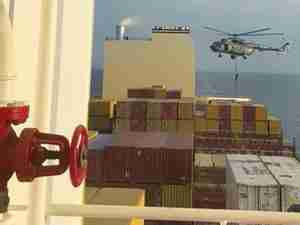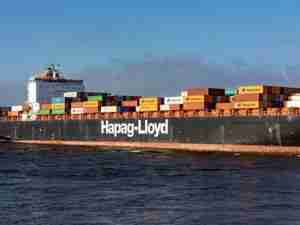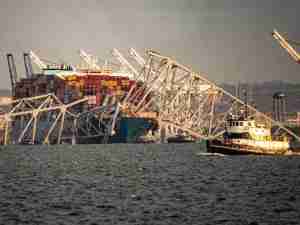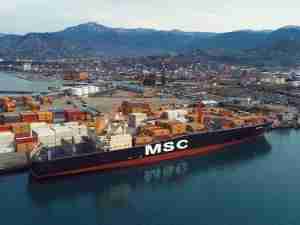Japan pushes LNG for transport to help climate, energy security
By: Reuters | Jun 18 2015 at 03:51 AM | Liner Shipping
TOKYO - Japan, the world’s biggest importer of liquefied natural gas (LNG), is drawing up plans to get trucks and ships to use the fuel, partly to help cut carbon emissions but also to diversify energy sources in the freight sector for security reasons.
A draft report on energy policy discussed at the trade ministry on Thursday stressed the need for a greater variety of fuels to transport cargo and noted the growing international use of LNG and compressed natural gas (CNG) in the sector.
Ryo Minami, the ministry’s director of oil and gas, wants 10 percent of the 300,000 trucks used for long-distance transport to be fuelled by LNG soon and a “substantial” part of the fleet to use gas eventually.
“By diversifying fuel in the distribution sector, we aim to improve our ability to respond in the event of an energy crisis,” he said. “If oil supplies are halted, distribution will come to a stop.”
Gas has taken on added importance since the 2011 Fukushima disaster led to the shutdown of Japan’s nuclear power sector. It now accounts for more than 40 percent of electricity generation and LNG imports hit a record high of 89 million tonnes in the year to March.
But gas has less than 1 percent of the mix in transport against an OECD average of about 2 percent.
The Japan Gas Association, grouping city gas suppliers, reckons Japan could have 500,000 vehicles running on LNG or CNG by 2030, about 20 percent of all trucks - if necessary infrastructure is built.
That could add 2 million tonnes per annum of LNG demand and reduce domestic diesel consumption by 49,000 barrels per day.
Carbon dioxide emissions could be reduced by 6.7 million tonnes a year, it says, roughly 0.5 percent of Japan’s total emissions - a help for government emission-cut targets that critics call unrealistic.
LNG trucks emit 20 percent less carbon dioxide than diesel trucks and fuel costs are about 30 percent cheaper. They can carry twice as much fuel as CNG trucks.
Currently there are only about 44,000 CNG vehicles on the road and none at all using LNG. There are only about 300 natural gas stations.
CNG vehicles have been sold in Japan since 1995 but are more expensive than diesel trucks, although a government subsidy covers up to half the difference in price.
LITTLE STATE HELP YET
Not everyone in Japan shares the passion for LNG: Yasushi Kimura, head of the oil refiners’ association, says energy use should be left to market forces and consumer preference.
“Creating new infrastructure would be a big burden on the citizens,” he added.
For now, the government is not offering subsidies for LNG trucks or infrastructure except for two LNG and CNG fuelling stations being built by Shell Japan in Tokyo and Osaka next year, but industry officials expect more help to follow.
The government’s immediate goals are two-pronged: introduce LNG trucks able to run more than 1,000 km (625 miles) without a fuel stop for long-distance haulage, while promoting CNG trucks for shorter distances.
China, promoting cleaner vehicles to combat air pollution, has 170,000 LNG and 2.8 million CNG trucks on the road.
In the United States, an “American Natural Gas Highway” with hundreds of refuelling stations is being built and more than 3,500 LNG trucks already operate.
LNG is increasingly used there for trains and shipping: General Dynamics NASSCO launched the first large container ship running on natural gas in April.
In Japan, Nippon Yusen KK should become the first company to introduce an LNG-fuelled marine vessel this year, a tugboat that can use either LNG or heavy oil, the industry ministry said.
And Isuzu Motors is developing what will be the first LNG trucks made in Japan.









